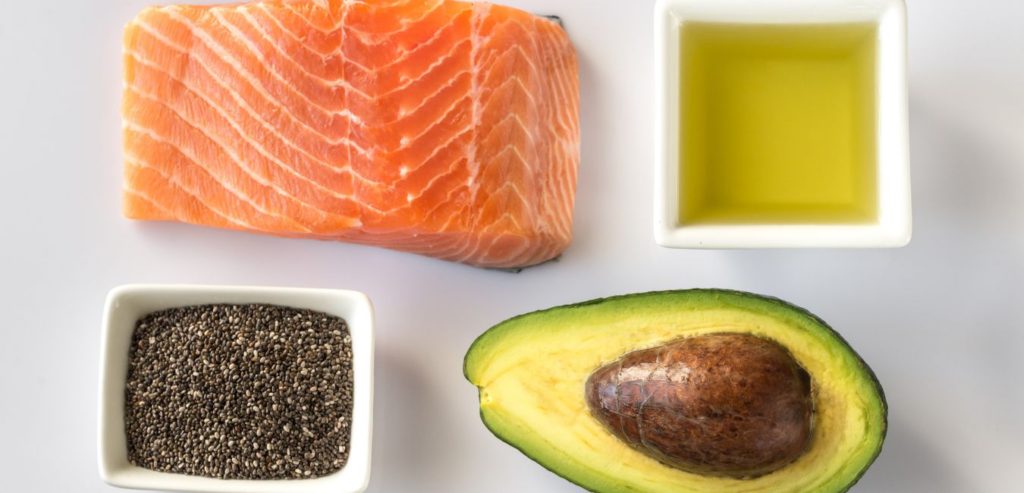
Did you know that your Omega-6 and Omega-3 fats require balance in your body? How should you balance them, why, and how to work on this in your diet?
Both Omega-6 and omega-3 fats are fatty acids that are vital to the structure of the cell membranes of your tissues. Omega-6s and omega-3s also produce prostaglandins in our bodies. Omega-6s produce PGE2s, which promote inflammatory responses as part of natural healing processes. However, an excess of these may be harmful.
Benefits of Omega-3 Fatty Acids
Omega-3 fatty acids, ALA and EPA, produce PGE3s which promote an anti-inflammatory response. These anti-inflammatory molecules repair neural circuits in the brain, arteries, and heart, and promote healthy digestive and reproductive systems. Omega-3s may improve depression, anxiety, and ADHD, plus they can prevent cognitive decline. Omega-3s can improve risk factors of heart disease and reduce symptoms of metabolic syndrome.
Omega-6 and Omega-3 Fatty Acids Ratio in Your Body
Omega-6s and Omega-3s both use the same enzymes in our bodies and have to compete with one another to produce their final product. Therefore, diets higher in omega-3s will compete with the omega-6s and the anti-inflammatory pathway will dominate. You need to balance these prostaglandins and support a ratio of omega-6 to omega-3 of 1:1, 2:1, and 4:1. However, our Western diet is closer to a 20:1 ratio!
What You Can Do To Achieve Omega-6 and Omega-3 Balance
In order to achieve a more desired balance, choose pasture-fed meat over grain-fed, eat dark oily fish a couple of times per week (tuna, salmon, mackerel, sardines), replace peanuts with walnuts and flaxseeds, increase your intake of dark green vegetables, and reduce the consumption of processed foods that includes fried foods, margarine, and packaged goods.
What You Should Avoid To Achieve Omega-6 and Omega-3 Balance
Avoid oils that are highest in omega-6 fats. These oils include soybean oil, sunflower oil, canola oil, peanut oil, cottonseed oil, and safflower oil. Sadly, most packaged food manufacturers and even fast-food restaurants use these oils. So, check your labels, cook at home as often as you can, and chose organic, nutrient-dense, grass-fed foods.
You can read more about healthy oils you can use for cooking in this blog post.

Recent Comments